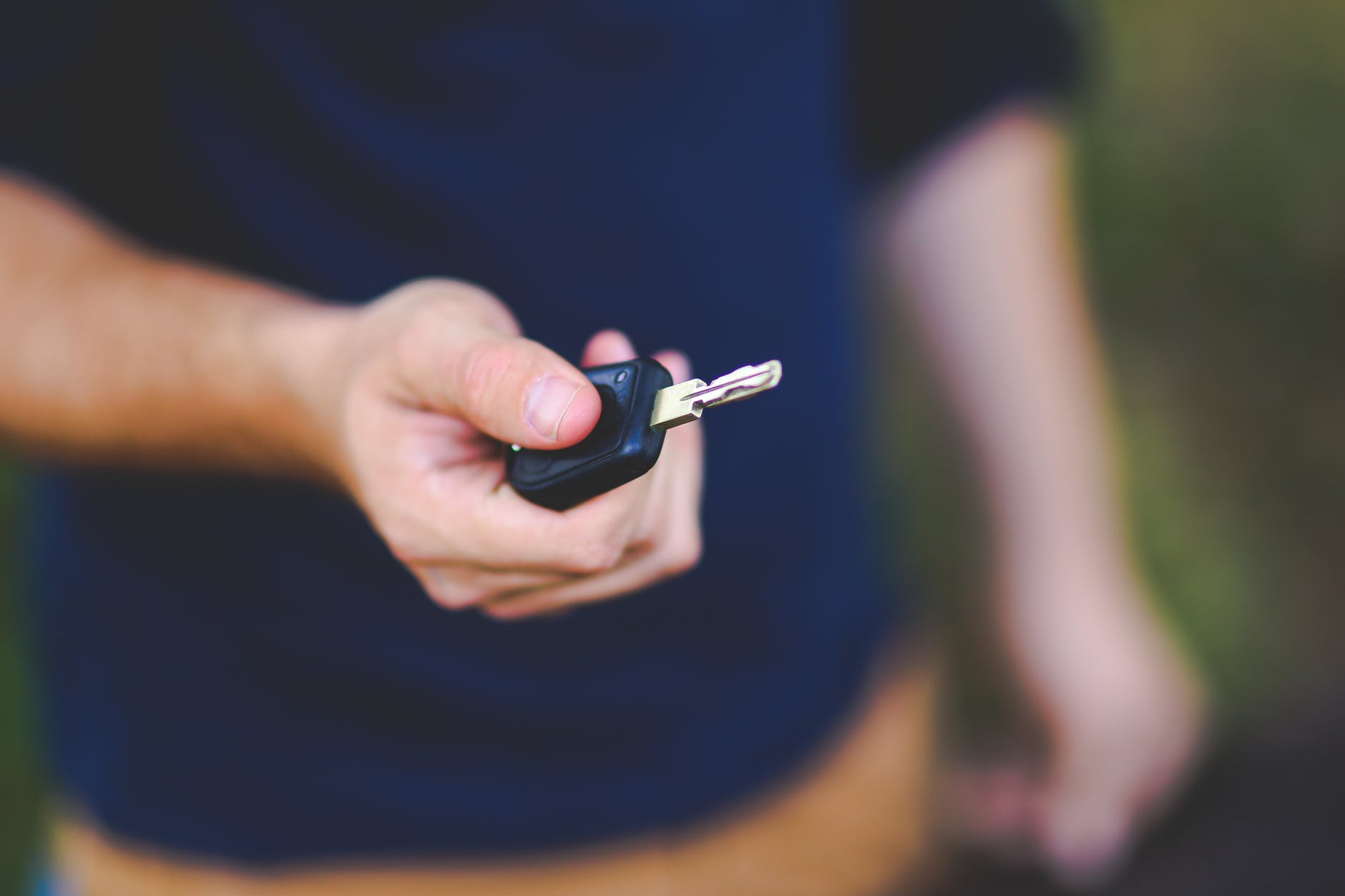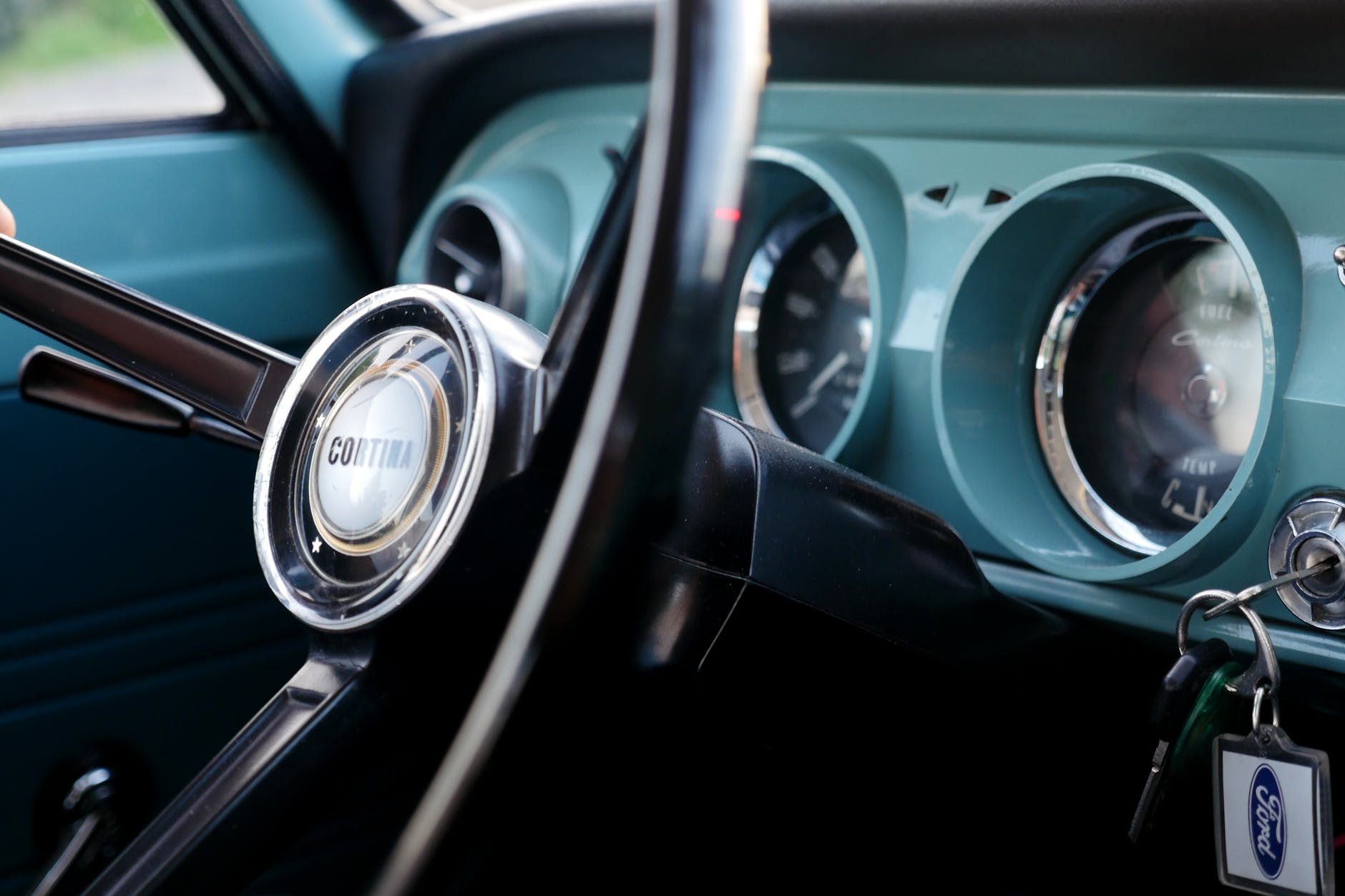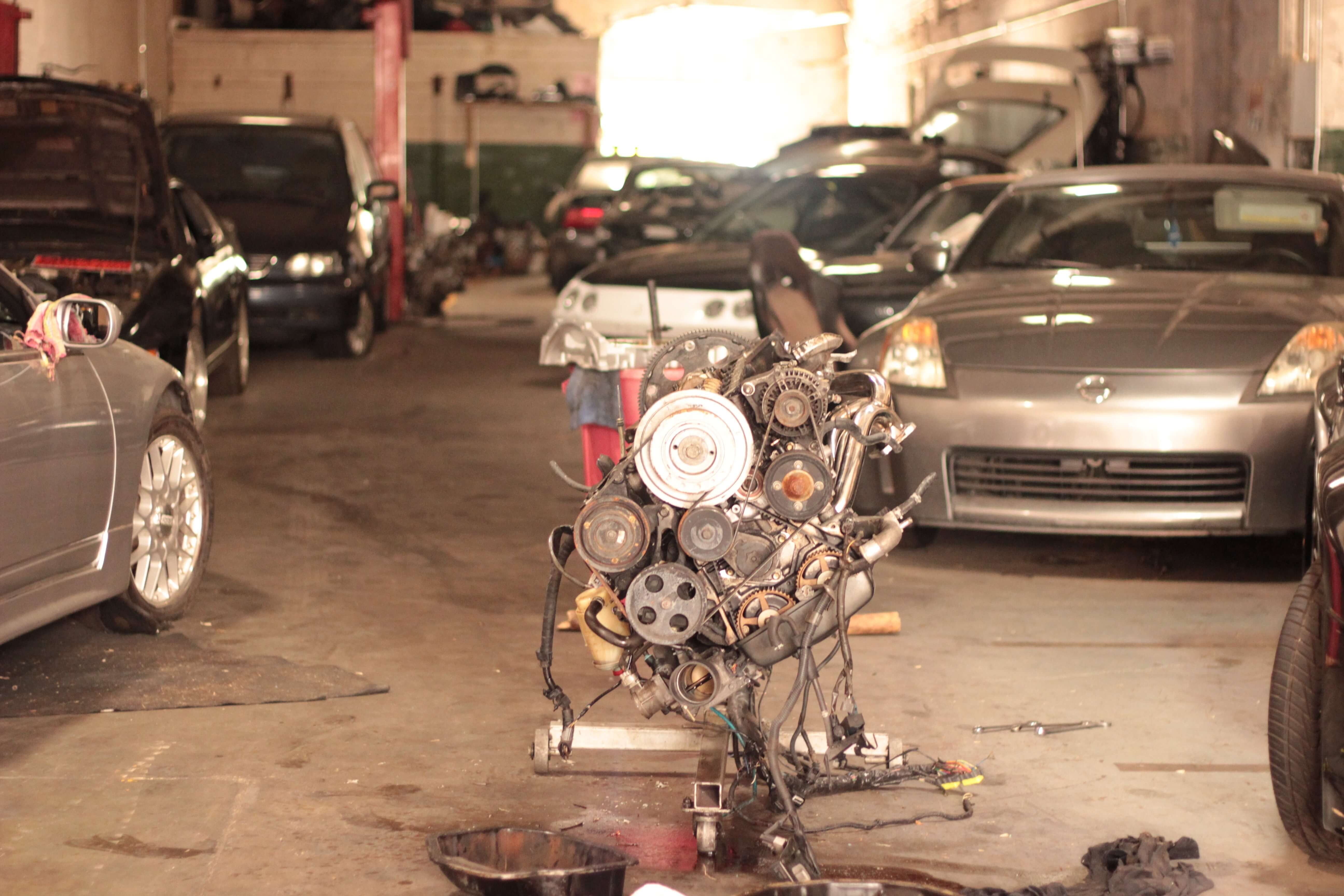Although there’s no foolproof way to protect your car from being stolen, you can certainly reduce the chances of it becoming a target without spending more than you can afford. Outlined below are a few tips and tricks on how to keep your beloved motorcar protected.
Use A Mechanical Immobilizer:
A mechanical immobilizer is designed to restrict movement or access to the vehicle. Unlike most anti-theft devices that remain hidden, this device is highly visible, hence an excellent choice for deterring amateur car thieves. The police recommend using one of these alongside other anti-theft devices to keep car thieves at bay.
1. Steering-Wheel Lock:

This is the least expensive anti-theft device you can invest in. As the name suggests, the steering-wheel lock makes it impossible to drive the car, hence one must unlock it to be able to navigate. ‘The Club’ is a good example.
2. Tire Lock:
Having a tire lock in place can help deter thieves from targeting your car. Tire locks, however, require time to put on and off, which is why you may want to try other options if you use the car daily.
Electronic Immobilizer:
Most modern cars today come with built-in microchips and transponders capable of sending a signal to the built-in anti-theft system. Trying to start the car without its keys and fobs simply mean the engine will not start. Most car thieves will avoid vehicles equipped with electronic immobilizers.
Have a ‘Kill Switch’ installed:
This device is normally installed in the engine’s electrical system. As the name suggests, it sends a signal that turns the engine off when activated. Although most modern cars have this anti-theft feature installed, you can have one installed on your vehicle for as little as $10. The most expensive option goes at $200. The Master Lock Starter Sentry is a good example (and popular model) of a kill switch capable of disabling the ignition system, as well as the fuel wirelessly. The best kill switches disable all other functions of the car until the signal is deactivated through a series of tasks.
Install a Car Alarm:

Car alarms are considered the most effective visual anti-theft devices there is today. The alarm is however only activated should one attempt to gain entry to the car forcefully, perimeter breach, sudden movement, or the breaking of glass. The system works with several sensors that pick up the slightest sign of forced entry or breach sounding an alarm at over 120 DBS. This alerts the driver immediately and anyone else within a hearing distance.
Consider VIN Etching:
All vehicles have a 17-digit Vehicle Identification Number (VIN) mostly printed on the dashboard, registration, and insurance cards. ‘Branding’ all parts of the car with its VIN Number can help deter car thieves from targeting your car. This is particularly useful if you can have all windows and glass parts imprinted with the VIN. Most car thieves will avoid vehicles with their VINs etched on all visible parts. This is mostly because disposing of parts with VIN exposed is considerably much more laborious and costly.
Have a Vehicle Tracking System Installed:
Although an expensive anti-theft device/feature, a vehicle tracking system not only deters thieves from stealing your car but also provides real-time data on the car’s location should it be stolen. These systems use GPS (Global Positioning Systems) to pinpoint the car’s exact location for easier retrieval. One of the advantages of investing in a vehicle tracker is that the system can be integrated with other anti-theft features to keep the car protected. You, however, need to subscribe to this service to get real-time updates on your vehicle whenever you need it. You can contact an automotive locksmith Houston Tx for immediate services.
Read More :























